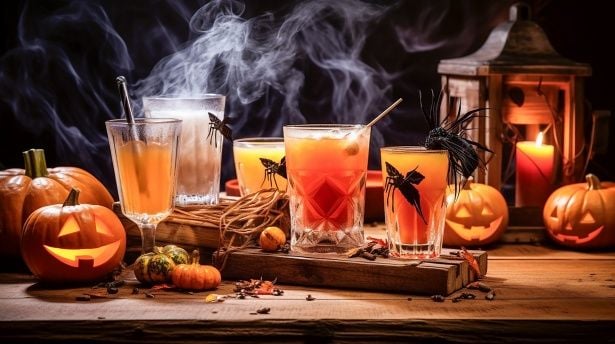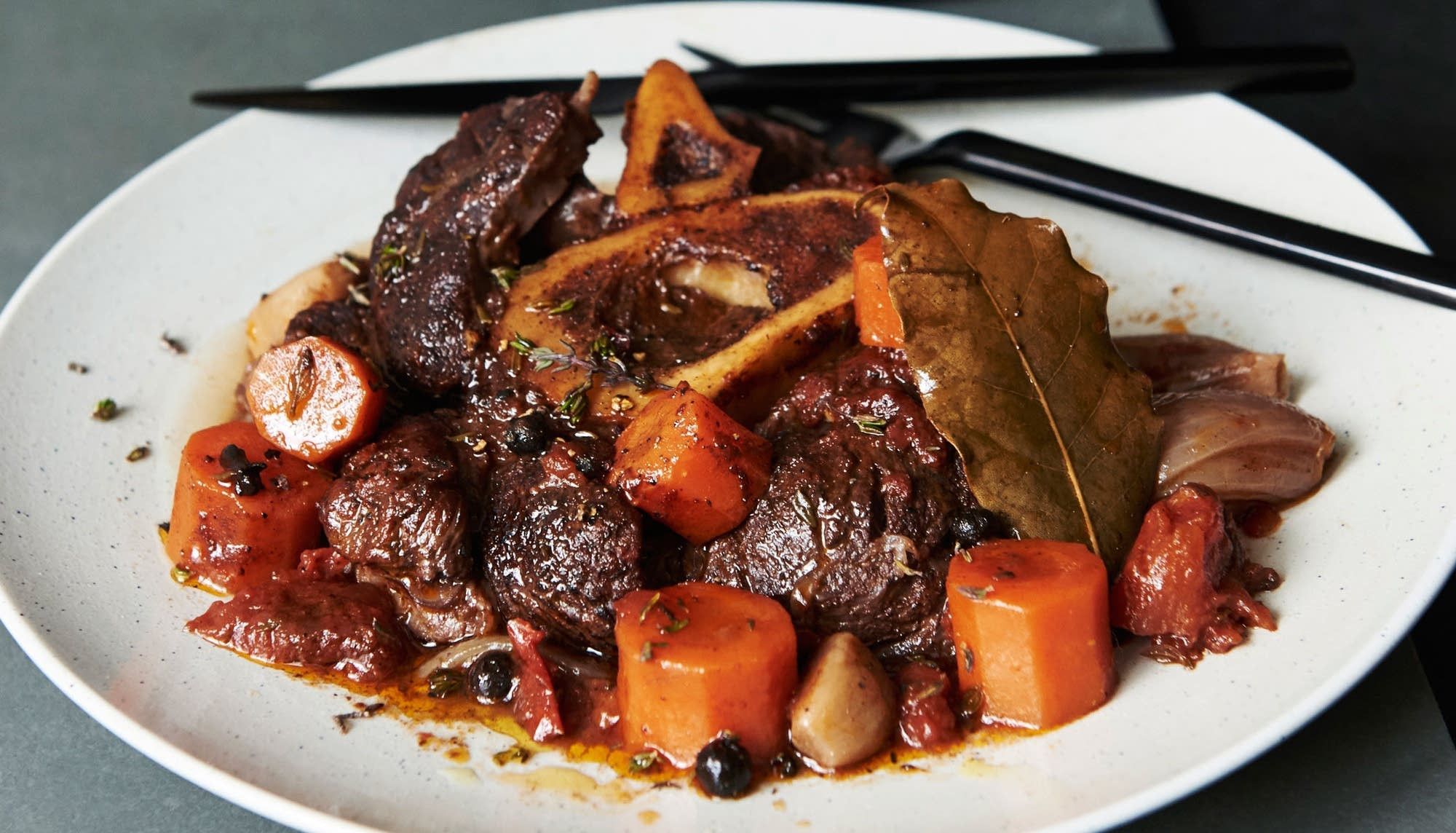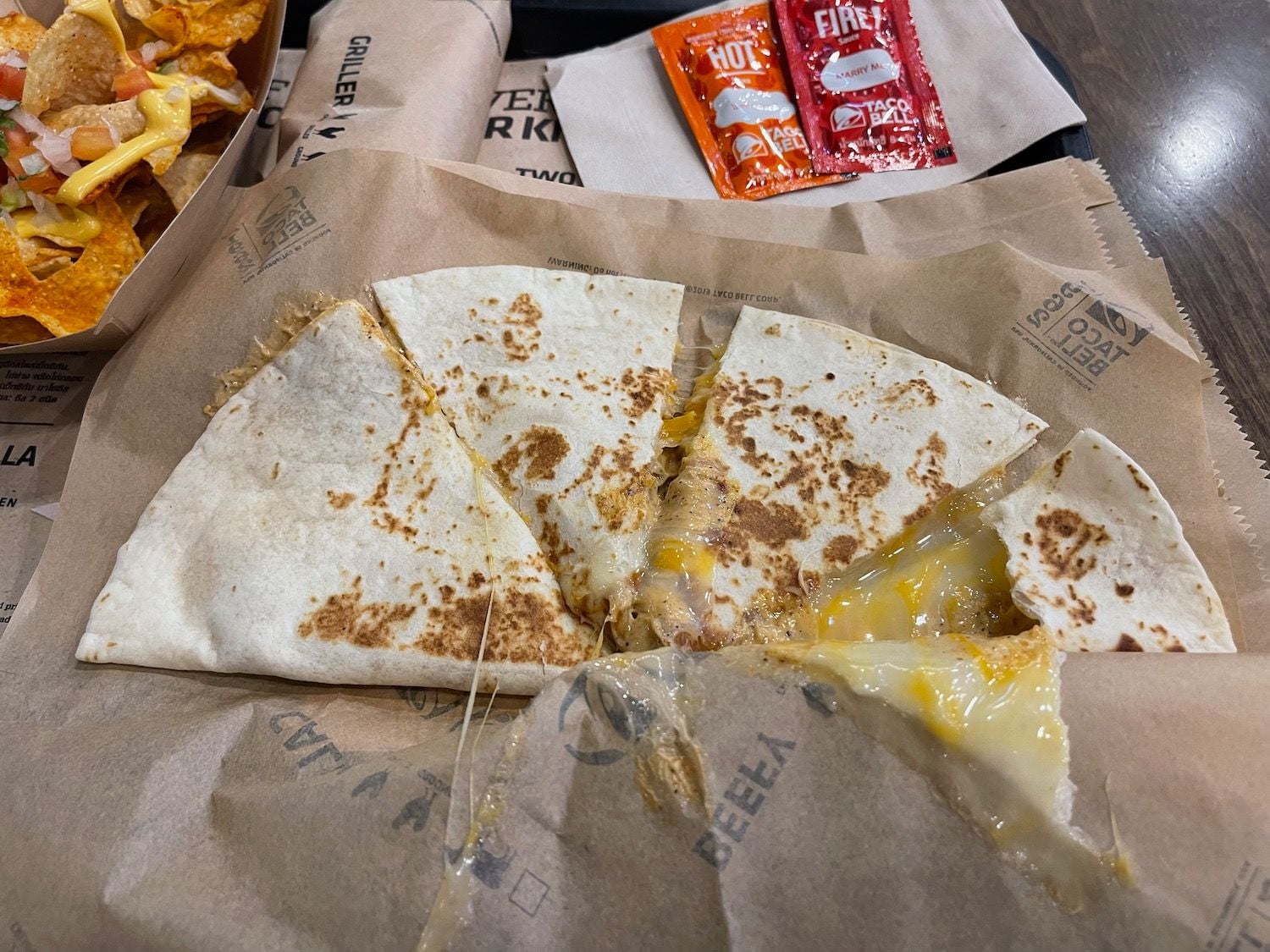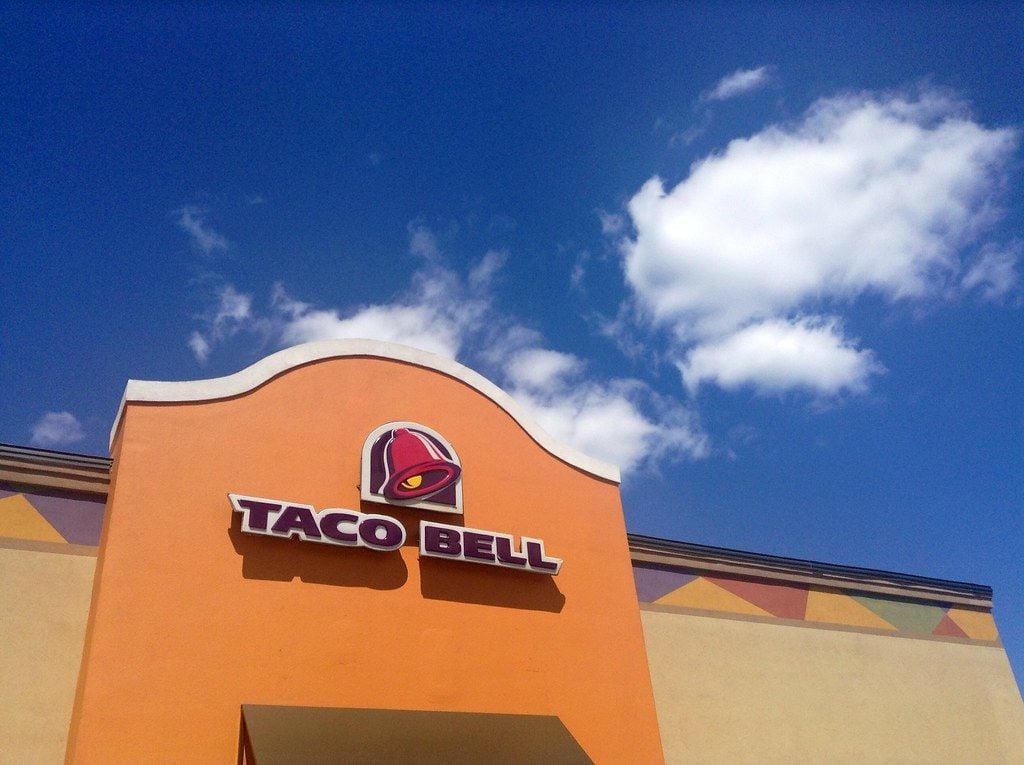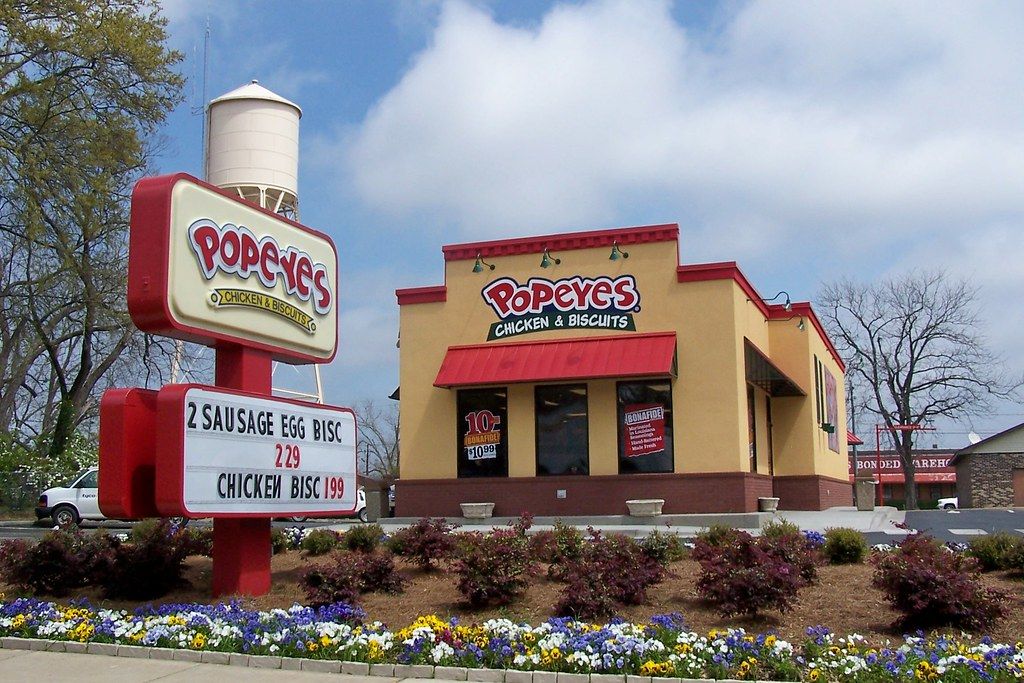
Perfect Pan-Frying: A Comprehensive Guide
- May 7, 2024
Whether you're a novice in the kitchen or an established chef, sautéeing is a go-to method for most of your quick cooking needs - from chopped chicken to a pan of mixed greens, or even shrimp. However, if you're dealing with larger portions - a hefty pork chop, appetizing tofu slab or a whole head of cauliflower, you may need to pivot your cooking method to pan-frying.
Pan-frying is essentially more of a shallow-fry technique, marking the intermediate ground between sautéeing and deep-frying. Sautéing typically involves cooking diced protein or vegetables on high heat with only a drizzle of oil while continuously stirring. On the other hand, deep-frying immerses the entire food item in hot oil. Pan-frying steps in the middle, calling for a quarter or half pan full of oil, while your larger portioned food is cooked over medium heat, without needing a constant stir.
The best candidates for pan-frying are foods that coook rapidly and are suitably served as single portions such as fish, scallops, crab cakes, pork chops, chicken, veal, and cutlets. If you're striving for a nice crispy exterior on your potatoes without having to deep-fry, pan-frying is a viable method.
Pan-frying is the preferred method for cooking breaded meat cutlets for schnitzel. Following the breading of the cutlets, heat up about 1/4 to 1/2 inch level of oil in your pan and pan-fry your cutlets till they achieve a golden and crispy texture. If you're preparing dumplings, this method is also ideal. The flat part of the dumplings is pan-fried till it forms a crusty exterior. Following this, liquid is added to steam-cook the dumplings till they are done which produces a delectably browned bottom and a soft top.
To pan-fry, all you need is a heavy-bottomed skillet, your food items, and oil. Make sure each of these items suit pan-frying. Your food should be appropriately prepped - patted dry and seasoned to taste. A heavy-bottom skillet that can maintain a stable temperature is recommended - a good choice would be either cast-iron or high-quality stainless steel. Add enough oil unto the skillet and heat over medium till it gets to your ideal cooking temperature. When testing, a sizzling sound should indicate an appropriate temperature. The food to be pan-fried should be immersed just enough in the oil to avoid scorching the bottom due to contact with the pan.
For optimal cooking results, pick an oil that can withstand high temperatures without burning - avocado, grapeseed, or other vegetable oils are recommended. While butter contributes a delicious flavor, it tends to burn at 350°F, hence it is best to mix it with a high-heat oil.
As pan-frying is done over medium heat usually ranging between 325°F to 400°F for an extended duration, a heavy-bottomed pan is most ideal. Our pick is a cast-iron skillet for its excellent heat distribution and its ability to maintain a steady temperature. Other suitable options include any low or high-sided heavy-duty heavy-bottomed skillet, or a stainless steel skillet.

